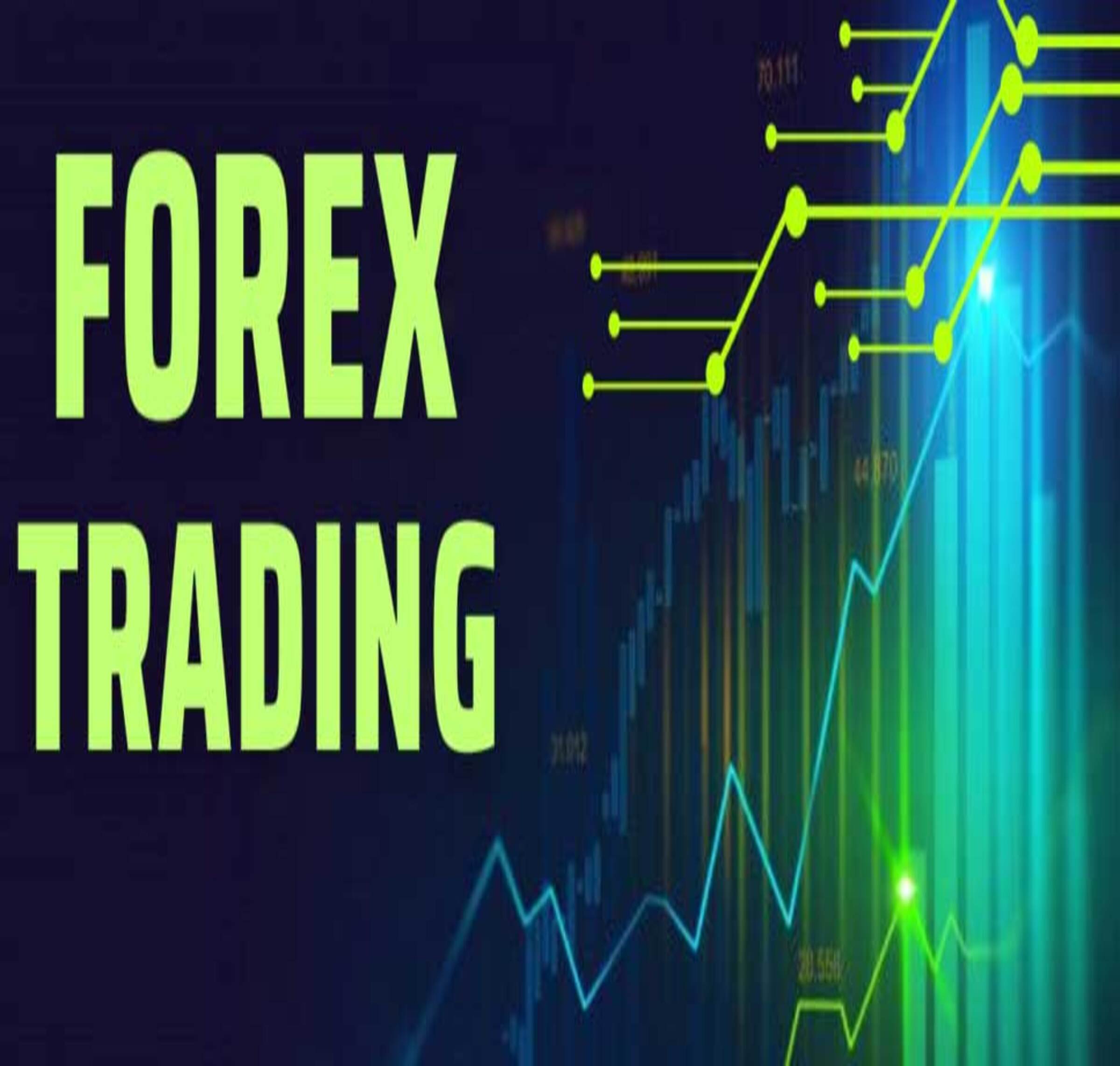The complex and global nature of the foreign exchange market, or Forex, might seem like a chaotic environment where currencies fluctuate unpredictably. Yet, beneath the surface lies a sophisticated battlefield of strategic decision-making. Comparable to a high-stakes game, traders engage using principles drawn from Game Theory, the study of mathematical models of strategic interaction among rational decision-makers. In this article, we’ll explore the intriguing application of Game Theory to the Forex market, breaking down how strategic trading, informed by game-theoretic principles, can turn pixilated chart movements into profitable outcomes.
Navigating Forex: A Game Theory Intro

The realm of Forex trading can be likened to a complex game, where various players with different objectives and levels of information compete and cooperate to maximize their pay-offs—currency profits. Game Theory provides a framework for understanding the interactions between these players:
- Players are the traders, institutions, and governments participating in the Forex market.
- Strategies include trade order types, position sizing, and timing.
- Pay-offs correspond to the profits and losses resulting from currency price movements.
- The ‘game’ itself is continuous, running 24/5, with each player aiming not just to win but to sustain profitability over time.
By applying Game Theory, traders can model the market as a series of strategic interactions where individual decisions are affected by the anticipated actions of others.
Pixels to Profit: Strategic Trading

Traders stare at screens filled with pixel-rendered price charts, seeking opportunities to profit. Strategic trading in Forex, influenced by Game Theory, involves several calculated steps:
- Identification of Dominant Strategies: These are actions that yield a better outcome for a player regardless of what other players do.
- Consideration of Nash Equilibria: Points where players are making the best decisions they can, taking into account the decisions of other players.
- Analysis of Payoff Matrices: Charts representing the expected gains or losses from different strategy combinations.
Implementing such strategies is the essence of transitioning from pixels to profit. Traders aim to predict market movements and other players’ actions to maximize their expected outcomes.
Analyzing Moves: Forex Market Dynamics

Forex market dynamics are governed by countless factors, making analysis complex. However, through the lens of Game Theory, certain patterns emerge:
- Central bank policies influence trader expectations in a way that resembles signaling games.
- Economic reports act as catalysts for cooperative or competitive behavior amongst traders.
- Currency trends can create focal points where traders converge on a common expectation of market direction.
Understanding these dynamics allows players to anticipate market reactions and align their strategies with probable outcomes, enhancing the likelihood of success.
Risks and Rewards: Game Theory in Action

Incorporating Game Theory into Forex trading requires a careful balance of risks and rewards:
- Zero-sum game perspective: One trader’s gain is another’s loss, akin to poker.
- Mixed strategy: Applying a combination of strategies to remain unpredictable and manage risk.
- Iterated games: Engaging the market repeatedly over time, learning from past outcomes to inform future strategies.
By applying Game Theory concepts, traders can optimize their risk-reward ratio, making calculated decisions that account for the potential actions and reactions of other market players.
Tactics Unveiled: Optimal Forex Decisions

Optimal Forex decisions often spring from Game Theory tactics, revealing themselves in various forms:
- Currency Pairs Selection: Choosing pairs with the best strategic payoff, balancing liquidity and volatility.
- Position Sizing: Determining the amount to risk, akin to managing a bet in a strategic game.
- Entry and Exit Points: Timed with precision, akin to choosing the right move in a board game for the best potential outcome.
Traders employ these tactics, constantly reassessing them in response to the changing ‘game’ conditions of the Forex market.
Beyond Chance: Systematic Forex Success

While Forex trading is often associated with unpredictability and risk, Game Theory provides a systematic approach to achieving success:
- Rational behavior assumption underlines the expectation that market participants act in their own best interest.
- Comprehensive analysis of probable player actions helps in forming sound strategic decisions.
- Long-term strategy emphasizes consistency over the pursuit of one-time gains, promoting sustainable success.
A systematic approach, when informed by Game Theory, transcends the notion of chance and positions traders to capitalize on the repetitive patterns of market behavior.
Game Theory and Forex Trading – A Comparison Table
| Comparison Aspect | Traditional Approach | Game Theory Approach |
|---|---|---|
| Focus | Individual Price Movements | Market Participants’ Interactions |
| Strategy Formulation | Discrete Technical Analysis | Strategic Positioning Based on Player Actions |
| Risk Management | Prescriptive Rules-Based | Adaptive Mixed Strategy Application |
| Profit Objective | Short-Term Gains | Sustained Long-Term Profitability |
| Market View | Random Walk Hypothesis | Strategic Battlefield |
| Outcomes | Often Unpredictable | Analyzed through Payoff Matrices and Nash Equilibria |
As we delve into the intricate world of the Forex market, the role of Game Theory transitions from an academic subject to a tangible toolkit for traders. Beyond the pixels that represent price charts, there lies the potential for considerable profits, guided by the strategic finesse of a well-thought-out game plan. The application of Game Theory to Forex trading unfolds as an analytical dance, where moves are meticulously calculated, not left to chance. It’s where systematic success is crafted, risks are managed with precision, and each decision is the calculated turn of a player deep in the cerebral game of currencies.

